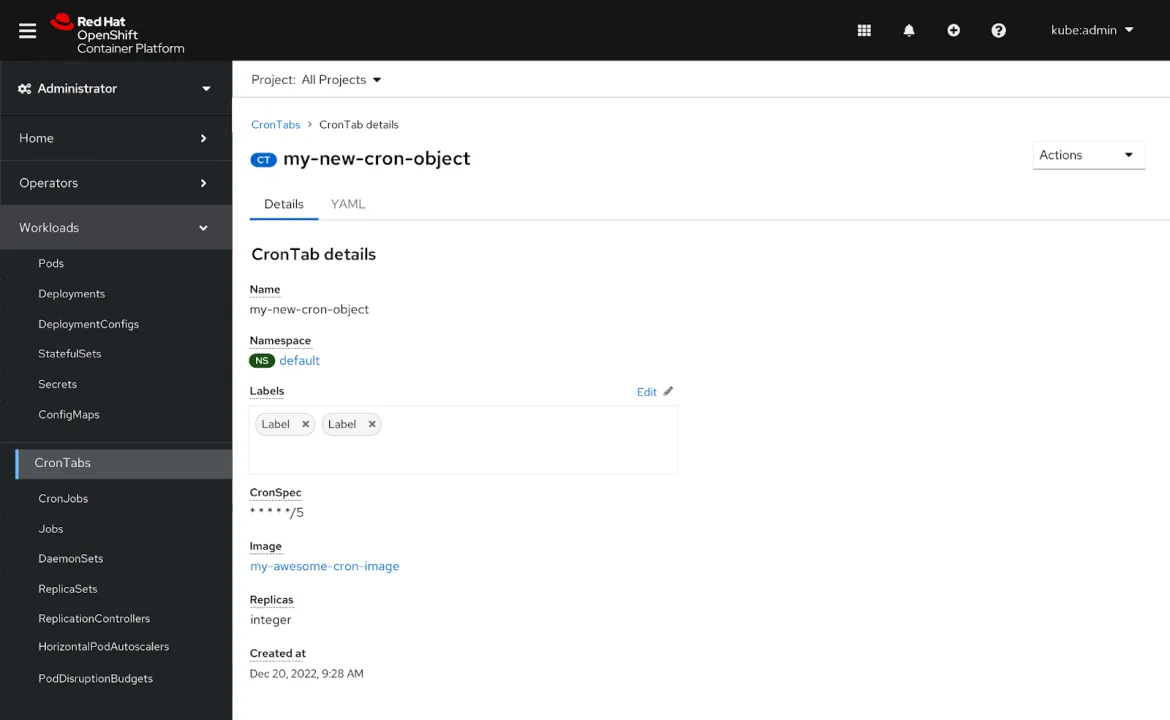Plugins have become an indispensable tool for extending the functionality of various applications and platforms. As a result, existing systems can be enhanced without modifying their core code, making them flexible, scalable, and easy to maintain.
Understanding Minimal Dynamic Plugins
A minimal dynamic plugin provides additional functionality by dynamically loading lightweight modules into an application or system. Compact plugins deliver specific features or services without burdening the host application with unnecessary overhead.
Unlike traditional plugins, which may consist of large libraries or extensive codebases, minimal dynamic plugins adopt a lean and effective approach. They aim to accomplish their objectives using the least amount of resources possible, thereby reducing memory consumption, startup time, and potential conflicts with other components.
Benefits of Minimal Dynamic Plugins
Modularity: Using minimal dynamic plugins, developers can break down complex functionalities into smaller, manageable units. This modular approach simplifies development and enhances code reusability, as these plugins can be easily repurposed across different projects.
Performance: Due to their lightweight nature, minimal dynamic plugins have less impact on system resources. They are optimized to execute specific tasks efficiently, resulting in improved overall performance of the host application.
With the ability to dynamically load and unload plugins, systems can adapt to changing requirements as needed. It allows for easy expansion and customization, allowing developers to add or remove functionality without disrupting the whole system.
Maintenance and Updates: The modular structure of minimal dynamic plugins simplifies maintenance tasks. Individual plugins can be developed without the risk of affecting other parts of the application. Updates and bug fixes can also be applied to specific plugins, reducing the complexity and potential risks associated with making changes to the entire system.
UX Design Guidelines
This blog provides design guidelines and useful information on adding a minimal dynamic plugin to the OpenShift console.
The CronTab CRD is also used in official k8s docs for various examples.
The design work includes:
- Navigation: The Workloads Nav section is extended to include the CronTab nav item.
- CronTabs list page
- Details page per each CronTab
- 3 Modals are opened based on the kebab menu actions include Edit labels, Edit annotations, and Delete CronTab.
Navigation
CronTabs list page
Details page per each CronTab
The kebab menu actions open3 modals

Edit labels
Edit annotations
Delete CronTab
Edit CronTab
The Edit CronTab action is enabled via the YAML page. It redirects to the YAML edit page of the selected CronTab CR.
Conclusion
Minimal dynamic plugins offer a powerful approach to extending the functionality of applications while keeping resource usage to a minimum. Their modular nature, combined with efficient performance and scalability, makes them a valuable tool for developers. Developers can achieve greater flexibility, maintainability, and overall system performance by adopting a minimalistic and focused approach to plugin development.
As software systems continue to evolve, embracing the concept of minimal dynamic plugins can unlock new possibilities and pave the way for more efficient and adaptable applications.
Connect with us
We challenge ourselves to continue to improve OpenShift and are actively looking for ways to further enhance your experiences in future releases.
But to do that, we need your help. If you would like to participate in our user research or share your feedback with us, please reach out to uxdresearch@redhat.com.
To help us improve OpenShift experiences based on feedback from users just like you, sign up to participate in our future UX research efforts.
저자 소개
채널별 검색
오토메이션
기술, 팀, 인프라를 위한 IT 자동화 최신 동향
인공지능
고객이 어디서나 AI 워크로드를 실행할 수 있도록 지원하는 플랫폼 업데이트
오픈 하이브리드 클라우드
하이브리드 클라우드로 더욱 유연한 미래를 구축하는 방법을 알아보세요
보안
환경과 기술 전반에 걸쳐 리스크를 감소하는 방법에 대한 최신 정보
엣지 컴퓨팅
엣지에서의 운영을 단순화하는 플랫폼 업데이트
인프라
세계적으로 인정받은 기업용 Linux 플랫폼에 대한 최신 정보
애플리케이션
복잡한 애플리케이션에 대한 솔루션 더 보기
오리지널 쇼
엔터프라이즈 기술 분야의 제작자와 리더가 전하는 흥미로운 스토리
제품
- Red Hat Enterprise Linux
- Red Hat OpenShift Enterprise
- Red Hat Ansible Automation Platform
- 클라우드 서비스
- 모든 제품 보기
툴
체험, 구매 & 영업
커뮤니케이션
Red Hat 소개
Red Hat은 Linux, 클라우드, 컨테이너, 쿠버네티스 등을 포함한 글로벌 엔터프라이즈 오픈소스 솔루션 공급업체입니다. Red Hat은 코어 데이터센터에서 네트워크 엣지에 이르기까지 다양한 플랫폼과 환경에서 기업의 업무 편의성을 높여 주는 강화된 기능의 솔루션을 제공합니다.







